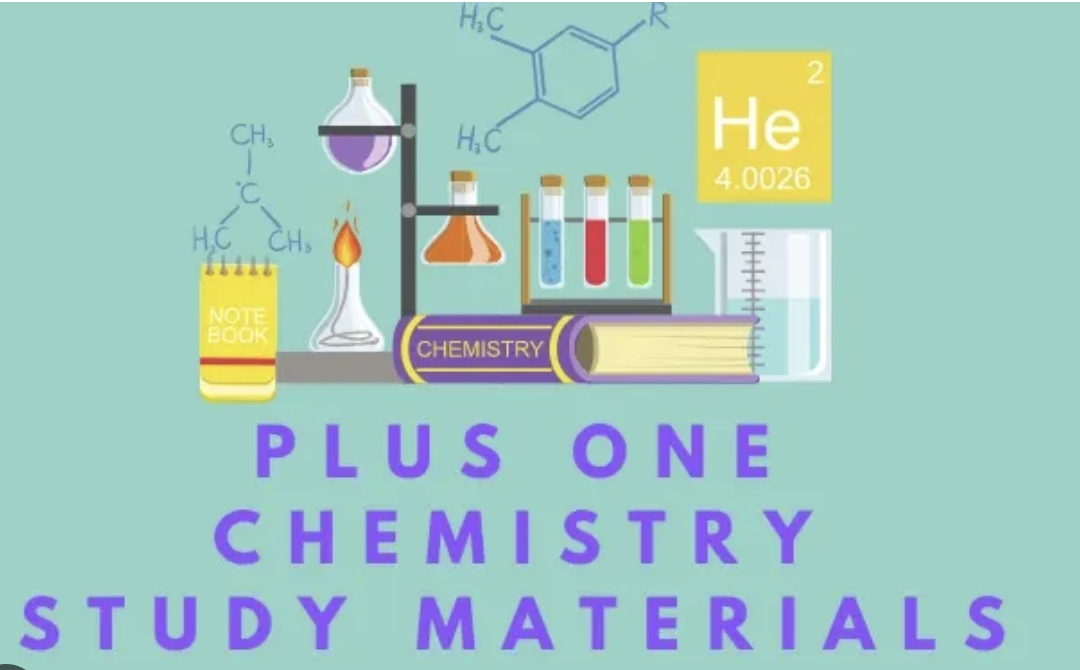The periodic table comes alive in this chapter as students discover how elements are organized based on their properties and electronic structures. We explore periodic trends including atomic radii, ionization energy, electron affinity, and electronegativity. Students gain appreciation for how the periodic table serves as both a classification system and a predictive tool that allows chemists to anticipate the behavior of elements and their compounds.
Chapter 3: Classification of Elements and Periodicity in Properties
The periodic table is a systematic arrangement of elements that helps us understand their properties and predict their behavior. This organization has evolved over time, becoming increasingly refined with our growing understanding of atomic structure.
Development of Periodic Table
The first attempt to classify elements was made by Johann Dobereiner in 1829 with his concept of triads. He observed that elements could be grouped in threes with similar properties, where the atomic mass of the middle element was approximately the average of the other two. For example, lithium, sodium, and potassium form a triad.
In 1866, John Newlands proposed the Law of Octaves, noting that every eighth element has properties similar to the first, much like musical octaves. This worked well for lighter elements but failed for heavier ones.
The most significant breakthrough came from Dmitri Mendeleev in 1869. His periodic table arranged elements in order of increasing atomic mass, with elements having similar properties placed in the same vertical column (group). Remarkably, Mendeleev left gaps for undiscovered elements and predicted their properties, which were later confirmed when these elements were discovered.
Henry Moseley’s work with X-rays in 1913 revealed that atomic number (number of protons), not atomic mass, is the fundamental property determining an element’s position in the periodic table. This led to the modern periodic table based on atomic number, resolving inconsistencies in Mendeleev’s arrangement.
Periods and Groups
The modern periodic table consists of seven horizontal rows called periods and eighteen vertical columns called groups.
Periods indicate the number of electron shells in the atoms. As we move from left to right in a period, the number of electrons in the outermost shell remains the same, but the nuclear charge increases. This results in a gradual change in properties across a period.
Groups contain elements with similar chemical properties due to the same number of electrons in their outermost shells. The modern periodic table divides elements into four blocks based on the subshell being filled:
- s-block: Groups 1-2 (alkali metals, alkaline earth metals)
- p-block: Groups 13-18 (boron, carbon, nitrogen, oxygen, halogen, and noble gas families)
- d-block: Groups 3-12 (transition elements)
- f-block: Lanthanides and actinides (inner transition elements)
Periodic Trends
Several properties show regular trends across periods and groups:
Atomic Radius decreases across a period due to increasing nuclear charge pulling electrons closer. It increases down a group as new electron shells are added, increasing the distance from the nucleus despite the greater nuclear charge.
Ionization Energy, the energy required to remove an electron from an isolated gaseous atom, generally increases across a period (due to increasing nuclear charge) and decreases down a group (due to increasing atomic size and shielding effect).
Electron Affinity, the energy released when an electron is added to a neutral gaseous atom, generally increases across a period (with exceptions) and decreases down a group. Elements with stable configurations (noble gases) have low or negative electron affinities.
Electronegativity, an atom’s ability to attract shared electrons in a chemical bond, increases across a period and decreases down a group, following trends similar to ionization energy.
Metallic and Non-metallic Character: Metallic character (tendency to lose electrons) decreases across a period and increases down a group. Conversely, non-metallic character (tendency to gain electrons) increases across a period and decreases down a group.
Understanding these trends helps predict how elements will behave chemically and what types of compounds they will form. For instance, elements on the left side of the periodic table (metals) tend to form positive ions by losing electrons, while those on the right (non-metals) tend to form negative ions by gaining electrons. Elements in the middle often exhibit properties of both metals and non-metals and are called metalloids.
Complete Chapter-wise Hsslive Plus One Chemistry Notes
Our HSSLive Plus One Chemistry Notes cover all chapters with key focus areas to help you organize your study effectively:
- Chapter 1 Some Basic Concepts of Chemistry
- Chapter 2 Structure of Atom
- Chapter 3 Classification of Elements and Periodicity in Properties
- Chapter 4 Chemical Bonding and Molecular Structure
- Chapter 5 States of Matter
- Chapter 6 Thermodynamics
- Chapter 7 Equilibrium
- Chapter 8 Redox Reactions
- Chapter 9 Hydrogen
- Chapter 10 The s Block Elements
- Chapter 11 The p Block Elements
- Chapter 12 Organic Chemistry: Some Basic Principles and Techniques
- Chapter 13 Hydrocarbons
- Chapter 14 Environmental Chemistry
